Childhood 1912-1930
A village childhood Li Qun’s roots trace back to a quaint mountain village, an enclave characterised by a mere six
Following the inaugural national literary congress, Li Qun adhered to Comrade Zhou Yang‘s directives and returned to Shanxi to collaboratively establish the Shanxi Federation of Literary and Art Circles with Comrade Gao Muhong . In December 1949, the first literary congress of Shanxi Province was successfully convened, electing Gao Muhong as the director of the Provincial Federation of Literary and Art Circles and appointing Li Qun as deputy director and chairman of the Art Workers Association.
From 1949 to 1966, Li Qun held various roles:
To deepen his connection with life and persist in professional creation, Li Qun officially returned to the Shanxi Federation of Literary and Art Circles in the early months of 1966, following repeated requests.
Over the course of 17 years, Li Qun embarked on numerous engagements, including international visits, conference participation, and responsibilities in various locations:
During these years, Li Qun was actively involved in various delegations, rural living experiences, and artistic creations. He produced numerous New Year pictures and woodcuts, winning awards from the Ministry of Culture and participating in numerous exhibitions. Li Qun also undertook editorial responsibilities for several publications and initiated itinerant exhibitions across various cities in 1964. Despite facing challenges and psychological trauma during political movements, his commitment to art, people, and socialism remained unwavering. Li Qun steadfastly believed that an artist should embrace the people’s spirit and infuse Chinese characteristics into his works.
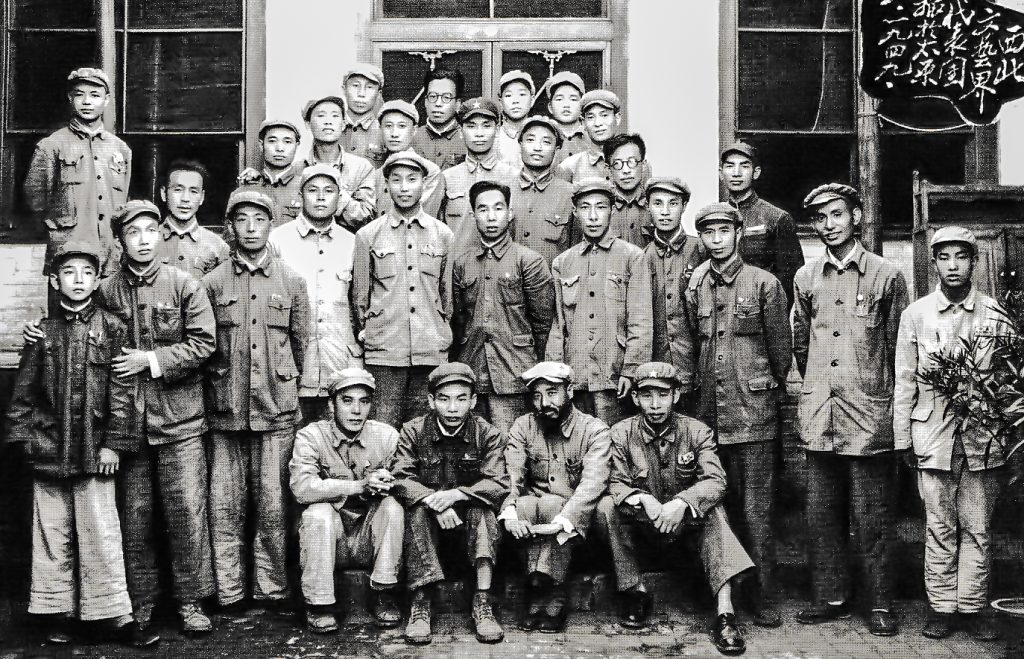
Among those captured in the above photograph are prominent figures such as Zhong Jiming, Ma Jianling, Xirong, Liu Lianchi, Li Youcheng, Ma Yiping, Jing Yan, Zhu Dan, Li Shaoyan, Wang Yiqun, Wu Jian, Zhang Mingtan, Zhang Jingqiu, Li Jiyuan, Zhao Shaomin, Yang Lu, Li Qun, Yama, Bi Gefei, Deng Ze, Shi Lu, Liu Mengtian, Chang Sumin, Zhang Yun, Lu Meng, Zhang Falai, Zhou Xingguo, Di Geng, and Bi Yu. Notably, the forceful group is positioned second from the right in the last three rows.
Founding the People’s Republic of China ushered in a significant era, and in August 1949, members of the “Northwestern Literary and Art Circle Delegation” from Yan’an and the Shanxi-Sui Border Region gathered for a group photo in Taiyuan after attending the inaugural national literary congress in Beijing.
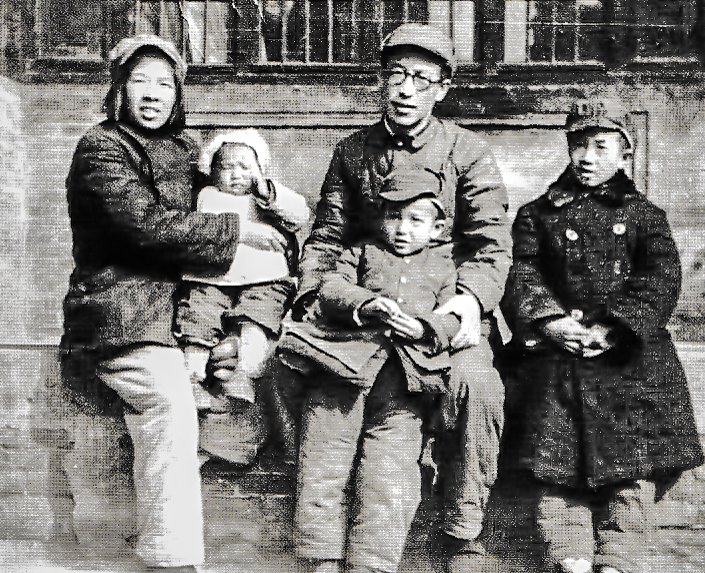
The Li Qun family, portrayed in 1950, consists of Li Qun, his eldest son A Ming, and the third son A Qiang. In the photograph, Li Qun’s wife Liu Pingdu holds the eldest daughter A Li in her arms. During this time, the family resided at No. 40 East Er Dao (Second Lane) Street, Jingying, Taiyuan. This image reflects a dynamic period in the early days of the People’s Republic of China, marked by the convergence of literary and artistic talents and the emergence of influential figures shaping the cultural landscape.

In December 1949, the establishment of the Shanxi Provincial Federation of Literary and Art Circles marked a pivotal moment, with Li Qun assuming the role of deputy director and chairman of the Provincial Art Workers Association. The above photograph captures some comrades during the inaugural gathering of the Shanxi Federation of Literary and Art Circles. In the front row, from left to right, are Li Qun, Mo Yiping, Wang Yutang, and Gao Muhong. In the middle row, left to right, are Zheng Du, Tang Renjun, Shu Wei, among others.

The picture of Li Qun’s family in Taiyuan in 1952 provides a glimpse into their life during this period. Positioned in the rear right is the eldest son, A Ming, while the third son, A Qiang, is in the rear left. In the front centre, on the right, is the eldest daughter A Li, and on the left is the second daughter, A Hong. This snapshot encapsulates the early days of Li Qun’s involvement in the literary and artistic circles of Shanxi, highlighting both professional and personal dimensions of his life during the founding years of the People’s Republic of China.
(Left) During the 1950s, Li Qun and Cao Bai found themselves in Shanghai.
(Right) In the autumn of 1952, Li Qun underwent a significant transition as he was assigned to the preparatory committee of the North China Federation of Literary and Art Circles. This marked the commencement of preparations for the establishment of the North China Federation of Literary and Art Circles, a pivotal undertaking for Li Qun at the age of 40.
(Left) In 1953, at the age of 41, Li Qun continued to navigate the evolving landscape of literary and artistic circles. Having spent over a decade actively participating in the Anti-Japanese War and the Liberation War, Li Qun’s wife, Liu Pingdu, could finally reunite with her family in Jiangnan Province during the early years of the People’s Republic of China.
(Right) A heartwarming moment was captured in Shanghai, where Liu Pingdu, her sister-in-law, and Cao Bai’s wife, Sun Mingxiao, gathered. In the photograph, the eldest son Hao Ming stands in the back, middle, while the third son Hao Qiang is positioned in the front left. To the right is Cao Bai’s daughter, Liu Yi. This snapshot not only encapsulates family ties but also reflects the personal and historical dimensions of Li Qun’s life during this significant period.
In 1957, alongside the publication of colour woodcuts such as “Dawn” and “Beijing Snow Scene” as well as black and white woodcut illustrations for Zhao Shuli‘s novel “Registration” Li Qun contributed works like “Drinking Horses” “Bird Land Flowers” and others, showcasing his artistic prowess. These pieces were featured in publications, including “Woodcut Lecture” released by Chaohua Art Press. In September of the same year, Li Qun embarked on a visit to the Soviet Union with Li Hua, participating in the opening ceremonies of the “Chinese Modern Woodcuts Printmaking Exhibition” in Leningrad (St Petersburg) and Moscow. His works, including “Dawn” and “Beijing Snow Scene” were exhibited, and he also attended the 200th-anniversary celebration of the Soviet Academy of Fine Arts.
During this period, memorable moments were captured, including a photo with Li Hua in Moscow and another beneath the bronze statue of Peter the Great in Leningrad. Group photos were taken during their visit to the Soviet Union, featuring Li Qun, Li Hua, Shao Dazhen, Xi Jingzhi, and others. These experiences and encounters underscored Li Qun’s international engagement and artistic contributions during the early years of the People’s Republic of China.

In the early days of the founding of the People’s Republic of China, during the years 1917-1958, significant moments in Li Qun’s artistic journey were documented. In 1958, a notable group photo was taken following their participation in the exhibition of Belgian painter Frans Masereel at Zhongshan Park, Beijing. The distinguished figures captured in the photo include Li Keran, Li Qun, Jiang Zhaohe, Chen Banding, Wang Qi, Chu Tunan, Frans Masereel, Xiao Shufang, Wu Zuoren, Ma Keli, Hua Junwu, Yu Fei’an, Liu Xian, Xu Ling, Liu Jian’an, Wang Shuhui, Yu Feng, and others.
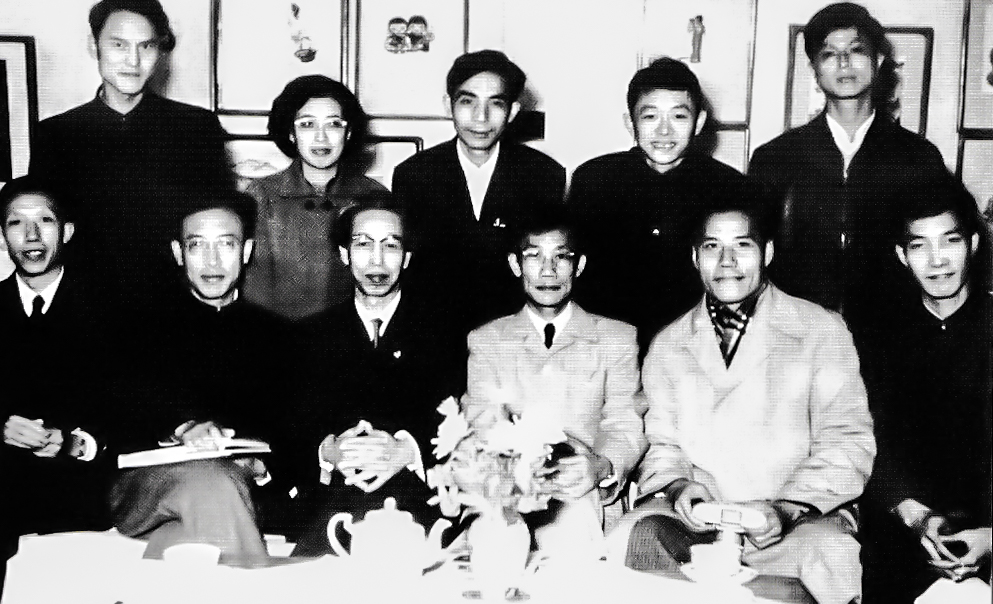
Furthermore, on October 22, 1959, another significant group photo was taken after the Fourth Japanese Woodcuts and Print Exhibition held in Beijing. The front row featured Wang Qi, Li Qun, Uchiyama Kaji, Li Hua, and Li Ping, while the back row included individuals such as Liu Pingjun, Huang Yongyu, and Mu Zhi. These collective moments stand as a testament to Li Qun’s active engagement in the artistic community during the early years of the People’s Republic of China.

Li Qun captures a poignant “family portrait” at his home in Beijing. Front row from left to right: A Lan (3rd daughter), A Li (Eldest daughter), Liu Pingdu (Wife), A Xia (Youngest daughter), Li Qun, A Hong (Second daughter), and Hao Xiang (Youngest son). In the back row, from left to right: A Qiang (3rd son), A Ming (Eldest son), and Hao Tian (2nd son).
During the early days of the founding of the People’s Republic of China, amidst the dynamic landscape, Li Qun exhibited a sense of tranquility in 1958, a year marked by the energetic “Great Leap Forward” movement. Despite the fervour of the time, Li Qun’s creative output included a select few illustrations for Guo Moruo‘s poetry collection “Let a Hundred Flowers Bloom” and the crafting of two woodcuts, namely “Study” and “Dianthus Flowers”. Notably, he published “Selected Woodcuts of Li Qun” (Tianjin Fine Arts Publishing House), “Li Qun Art Essays: Selected Works” (People’s Fine Arts Publishing House), and “Interviews with Soviet Painters” (Tianjin Fine Arts Publishing House) during this period.
In addition to his creative pursuits, Li Qun was tasked with accompanying Chinese art exhibits to Moscow for the “Socialist National Plastic Art Exhibition”. Serving as a consultant for Chinese exhibits, he showcased his works “Dawn” and “Beijing Snow Scene“.
(Left) During the early days of the founding of the People’s Republic of China, Tang Zao, from his arrival in Yan’an in 1938 until the establishment of the People’s Republic of China in 1949, traversed between Yan’an and Shanxi, crossing the Yellow River with his troops. Following the founding of the People’s Republic of China, he extended his service to the countryside, exploring regions along the Yellow River basin in Shanxi, Ningxia, Shandong, Gansu, and beyond, delving deeply into the lives of the people. His affinity for the Yellow River was evident as he frequently accompanied its banks, read about its history, inquired about its current state, and developed a deep emotional connection with it. The lyrics of the “Yellow River Cantata” often resonated in his mind, emphasising the river’s significance as the true mother river. The depicted scene captures him alongside Hu Zheng, revisiting the banks of the Yellow River.
(Right) In the winter of 1960, Li Qun took on a new role in the Red Flag People’s Commune in Wuzhong City, Ningxia, serving as deputy secretary of the Party Committee and a member of the Standing Committee of the Municipal Party Committee, where he engaged in rectification work. During this period, he actively ventured into the fields, sketching and conversing with the local population to gain first hand insights for both investigative research and artistic creation. The accompanying image illustrates one such day in 1961, capturing Li Qun immersed in sketching amidst the fields.
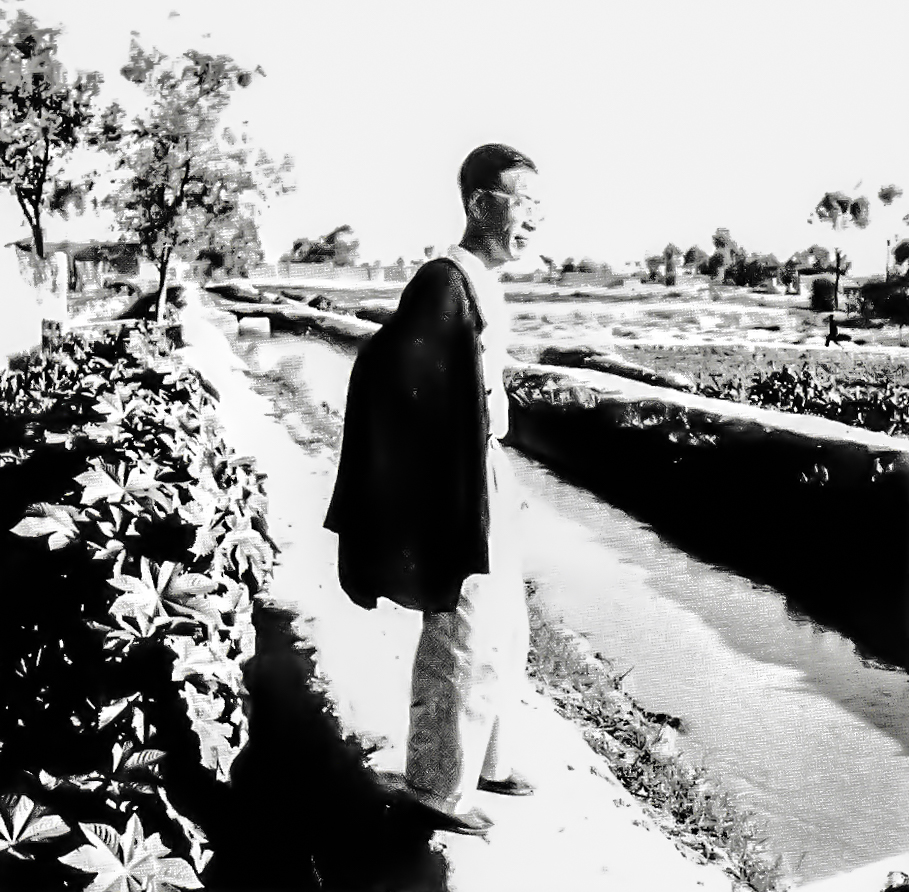
In 1961, Li Qun immersed himself in the life of Ningxia, dedicating his holiday period to artistic creation. During this time, he produced notable works such as the colour woodcuts “Returning to the Shepherd” and “The Sound of Buildings Filling the Banks of the Yellow River”.
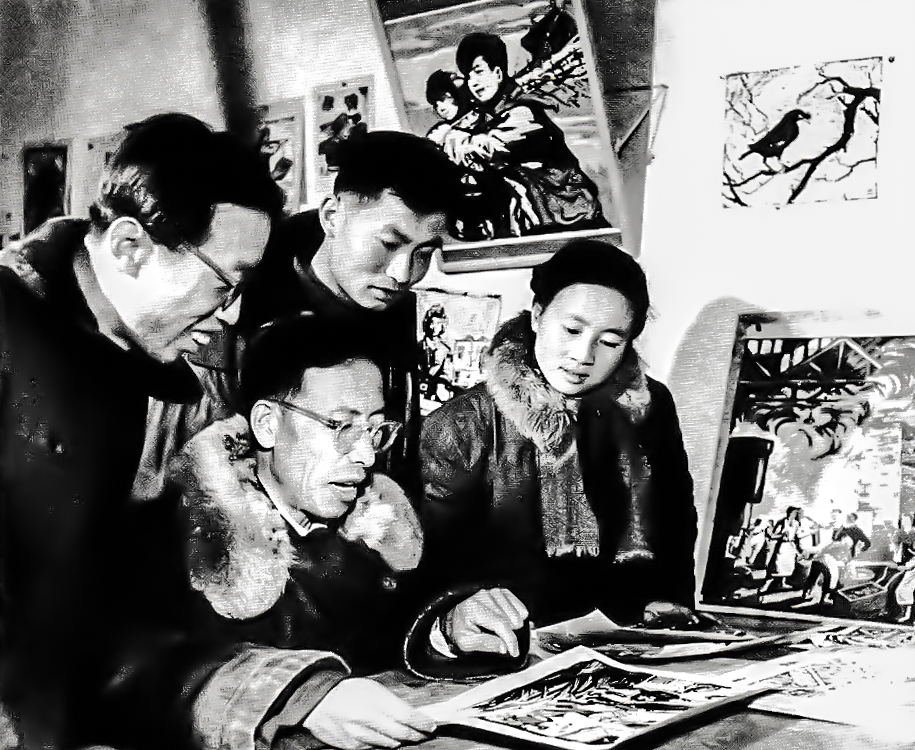
The year 1962 marked a prolific phase in Li Qun’s artistic endeavours, yielding a bountiful harvest of creations. Among his achievements were colour woodcuts like “Sisters from the Hui and Han Dynasties”, “Autumn Song“, “Spring Night“, “Rice Season“, “After the Snow“, “Portrait of a Young Female“, “Spring Arrives to the Mountains“, “February” along with black and white woodcuts such as “Spring in Ningxia“, “Herding Sheep in the Forrest“, “By the Stream“, and others that were published. Additionally, Li Qun provided guidance for numerous printmaking training classes organised by the Ningxia Federation of Literary and Art Circles in Yinchuan at the beginning of the year. The accompanying image captures Li Qun engaging in discussions with some students during the training class.
In the early days of the founding of the People’s Republic of China, separate placards were held, symbolising the distinct characteristics of that era.
Addressing a symposium (standing). In July 1962, Li Qun showcased his talents at the Tianjin Artists Association, highlighting the intricacies of the fan brick carving process. In the back row, from left: Yang Nawei, Huang Xinbo, observing a motor demonstration at the Tianjin Artists Association in July 1962.
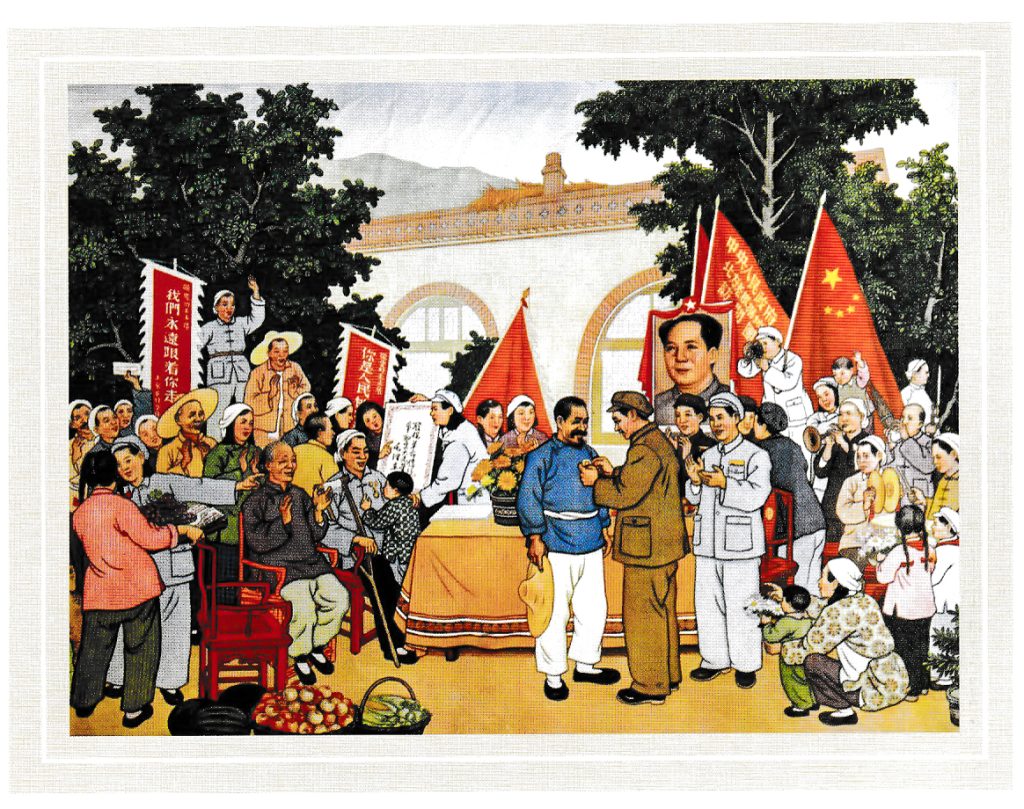
One of Li Qun’s most notable New Year paintings from the early days of the People’s Republic of China is “Chairman Mao’s Representative Visits the People in the Taihang Old Base Area”. This painting, created in 1951, stands out for its lifelike characters, vibrant colours, and distinctive folk characteristics, vividly portraying the deep connection between the Communist Party of China and the people. Published by the People’s Fine Arts Publishing House, it received the New Year’s Picture Creation Award from the Ministry of Culture in 1952.
The inspiration for this theme came from Li Qun’s participation in the “Old Base Area Visiting Group” organised by the central government, where he visited the revolutionary areas of Wuxiang, Zuoquan, and Matian in the heart of the Taihang Mountains. Upon returning from the visit, he immediately set to work on creating this painting. However, after the initial draft, Tao Lujia, then Director of the Propaganda Department of the Shanxi Provincial Committee of the Communist Party of China, suggested that the central figure, adorned with a martyr’s commemorative medal, was “not impressive enough”. He remarked that the figure resembled “just a section chief” and insisted it should be portrayed as a higher-ranking cadre, akin to the provincial party committee secretary.
Accepting this constructive feedback, Li Qun made the necessary adjustments to satisfy all parties involved. The result is a painting that captures the essence of the visit, with the martyred elderly farmer receiving the medal depicted as more loyal, kind, simple, respectable, and endearing.
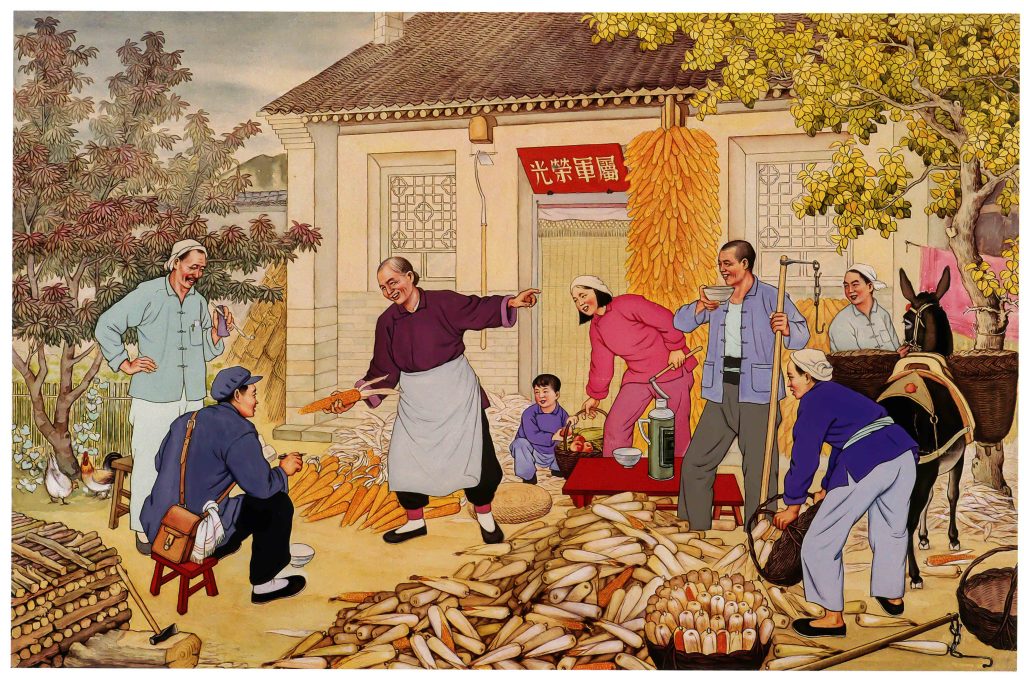
In the years following the establishment of the People’s Republic of China, Li Qun, renowned for his creative prowess, produced two noteworthy pieces – (Left) “Lilies” in 1954 and (Right) “Cineraria” in 1955.
Li Qun, having assumed the position of deputy editor-in-chief at the People’s Fine Arts Publishing House in 1953 and later serving as the deputy editor-in-chief of the “Art” magazine within the China Artists Association in 1955, found himself immersed in editorial responsibilities. Despite the demands of his daily office routine, Li Qun, unwilling to forgo his passion for woodcut creation, sought solace in a flower shop. There, he purchased his favourite flowers, dedicating his precious spare moments to the artistry of crafting “Lilies” in 1954 and “Cineraria” in 1955.
Upon the public unveiling of these two masterpieces, an outpour of acclaim ensued, with many considering them to be Li Qun’s pinnacle achievements during this period. Notably, printmaker Chao Mei lauded “Lilies” for its embodiment of “pure and noble sentiments”. Additionally, “Cineraria” found a place of recognition in the Yugoslav Museum.
Despite the prevailing literary and artistic policy advocating the diversity of creative expression, there were dissenting voices at the time. Critics contended that, as a communist painter, Li Qun’s focus on floral subjects deviated from the expected portrayal of workers, peasants, and soldiers. This critique highlights the nuanced challenges faced by artists in navigating the political and social landscape of the era, where even seemingly innocuous still life paintings carried an element of risk.

After spending a considerable time seated in the editorial office, Li Qun eagerly seized the opportunity to venture into the countryside. Departing from the capital with enthusiasm, he arrived in Zuoquan County, Shanxi Province, passing through Handan and Shexian County in Hebei Province. Along the way, Li Qun was captivated by the enchanting Taihang scenery, particularly the vibrant golden hues of autumn lining both sides of the Qingzhang River. He meticulously documented these picturesque scenes through ink and colour sketches.
Upon returning to Beijing, he transformed these vivid memories into the masterpiece “Taihang Mountain Scenery” painted in 1957. The artwork was selected for the “Chinese Modern Woodcuts Print Exhibition” and showcased in Leningrad (Saint Petersburg) and Moscow as part of an exhibition in the Soviet Union.
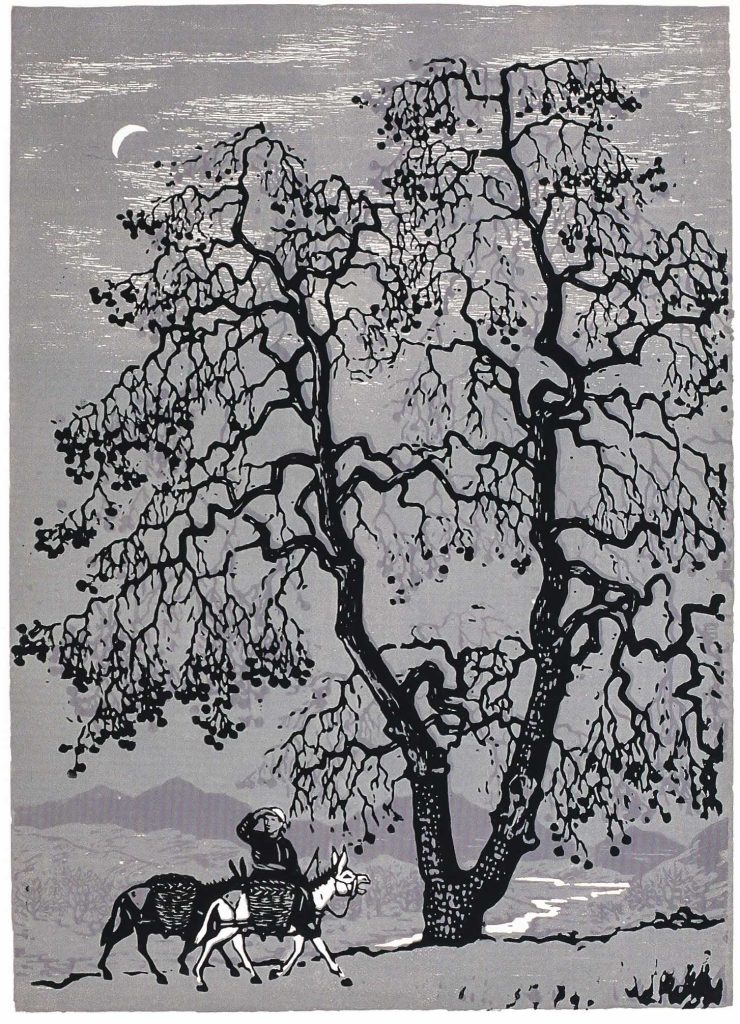
The genesis of “Dawn” unfolded against the backdrop of an old persimmon tree in Zuoquan County, Shanxi Province, resembling a sinuous dragon. Though the leaves had fallen, the resplendent red persimmons captivated attention. Li Qun, immersed in life in the Taihang Mountains, painted this tree. Upon returning to Beijing, he conceived the idea, employing three colour plates to enrich the composition. The background featured the waning moon, a misty mountain range, and a river, complementing the persimmon tree.
In a close-up portrayal, a farmer rising early, mounted on a donkey, constructed a pergola with bare hands, gazing toward the eastern dawn. Laden with cages and baskets, the donkeys hinted at their cargo. This scene, familiar from Li Qun’s childhood, resonated well with the working class. Exhibited at the Lingshi County Cultural Center in 1964 during the “Li Qun Woodcuts Exhibition” the painting drew predominantly rural visitors who lingered, expressing admiration. Some even remarked on the perceived sound of the donkey’s bray and the presence of grass donkeys in the foreground, vividly connecting with the depicted scene.
Li Qun titled this work “Dawn” elucidating, “Dawn arrives like a year’s early spring, akin to life’s childhood. It breathes vitality, instills hope, and serves as inspiration—a sentiment I aim to convey”. The vibrant “Dawn” earned a place on postcards during its participation in the “Chinese Modern Printmaking Exhibition” in Leningrad and Moscow in 1957. Additionally, it featured in the 1958 “Socialist Plastic Art Exhibition” in Moscow and currently resides in the collection of the British Art Gallery.

“Singing Beyond the Curtain” crafted in response to the World Peace Council‘s 1959 call for global printmakers to create art dedicated to “Bringing Peace to the World” stands as another significant work. Participating in the International Printmaking Competition in Leipzig, German Democratic Republic in August 1959, the piece did not clinch an award but earned a place in the print collection “Peace to the World” published in Dresden, East Germany. This collection featured works by international luminaries like the renowned French painter Picasso and the celebrated Belgian artist Frans Masereel, receiving widespread acclaim. Consequently, “Singing Beyond the Curtain” was swiftly reprinted by Soviet art magazines and took part in the “Fourth National Printmaking Exhibition” in Beijing, winning admiration from audiences both domestically and internationally.
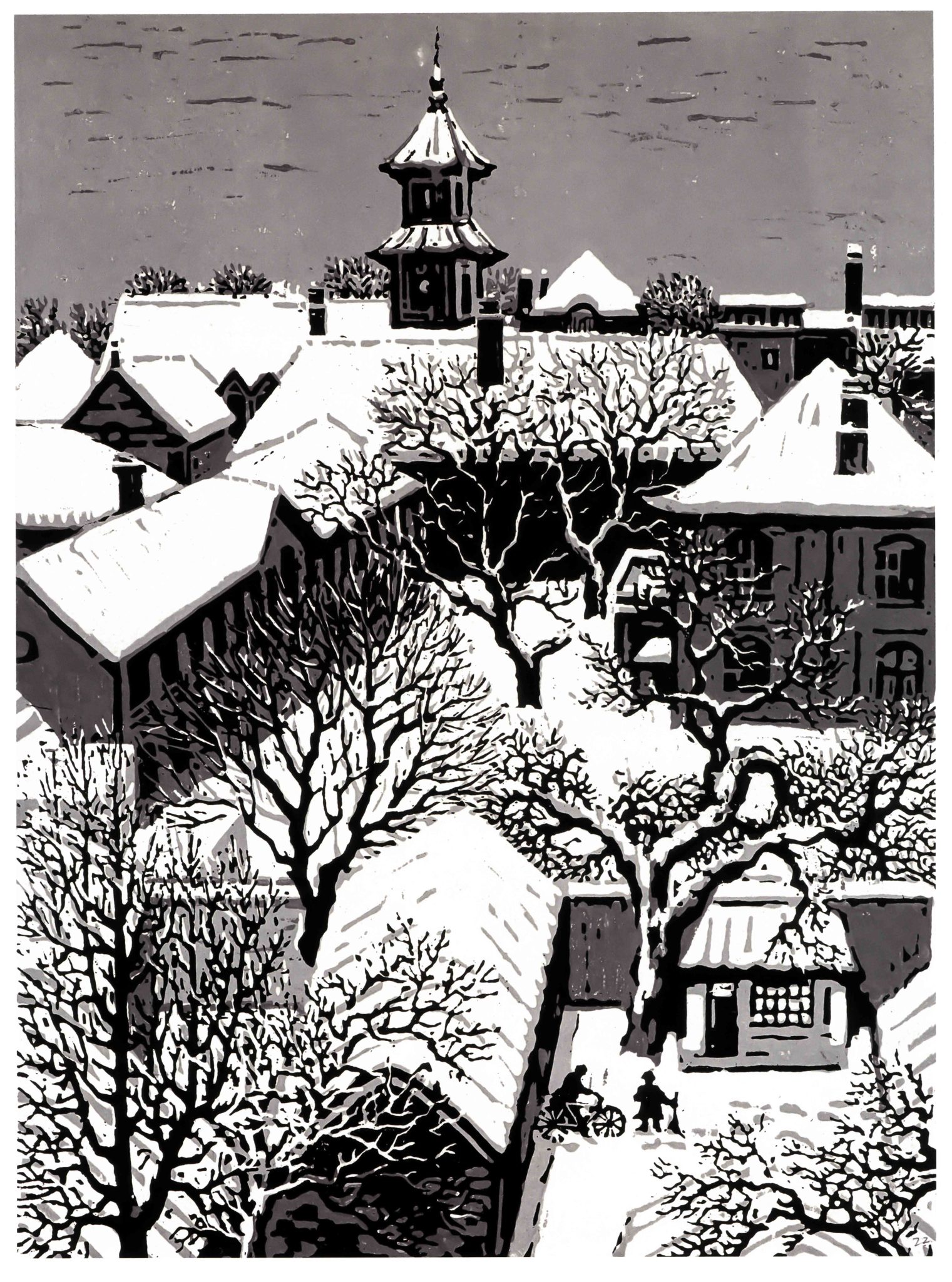
“Beijing Snow Scene” further graced the “Socialist Countries Plastic Art Exhibition” in Moscow in 1958 and, in 2006, found a home in the collection of the Ashmolean Museum at Oxford University, UK.
(Left) “Coal Mine” 1959 (Right) “Returning from the Fields” 1960. In Li Qun’s extensive artistic journey, the sole woodcut dedicated to labourers’ toil is encapsulated in the piece titled “Landscape in the Coal Mine Area”. Despite growing up in rural surroundings and primarily residing in the countryside during the war, his artistic repertoire had long been shaped by pastoral landscapes, mountains, and rivers. The profound influence of these elements, coupled with his connection to farmers, rural life, and agriculture, naturally found expression in his creations.
However, a significant shift occurred in 1954 when Li Qun, en route from Zuoquan County, Shanxi Province, to the Yangquan Mining Area, sketched impressions of the coal mining region. These sketches laid the foundation for the noteworthy painting “Landscape of the Coal Mining Area” making it a rare and cherished addition to his body of work.


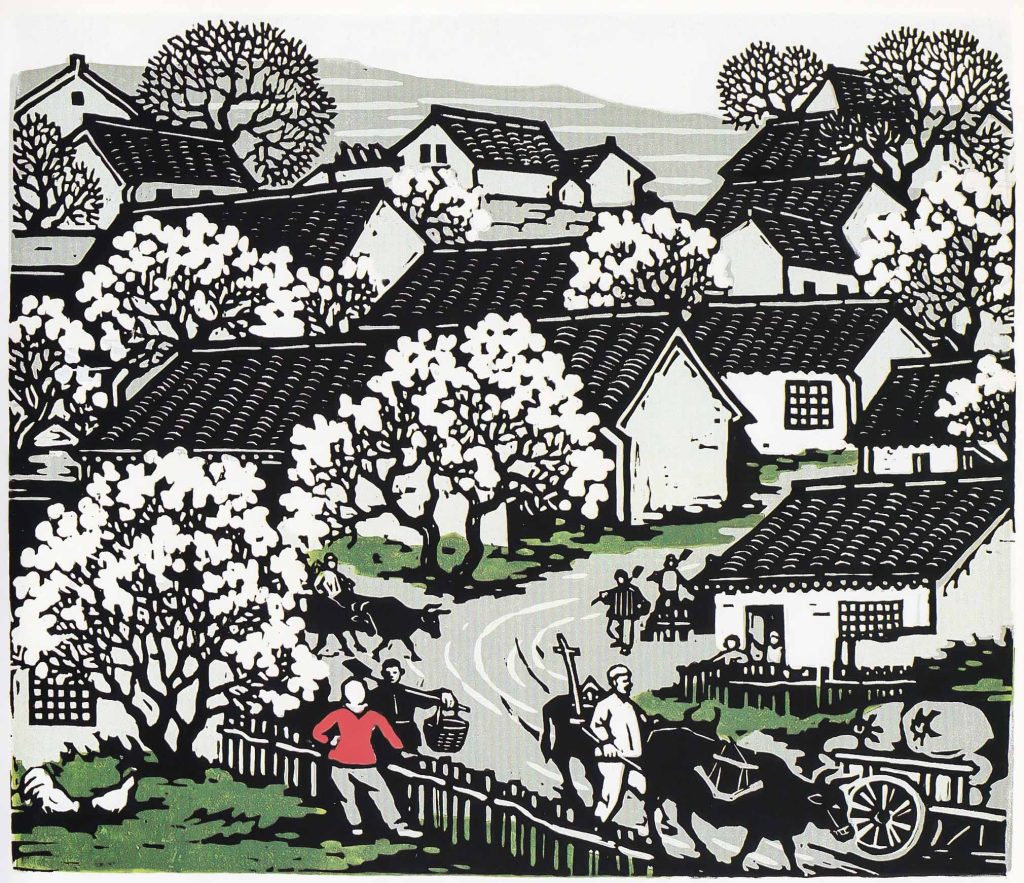
A village childhood Li Qun’s roots trace back to a quaint mountain village, an enclave characterised by a mere six
A fervent and spirited young man, deeply moved by the news of the “September 18th” incident, found himself compelled to
Following the Marco Polo Bridge Incident on July 7th, a significant event unfolded in Shanghai known as the “August 13th”
In Li Qun’s contemplation, Yan’an had long been the revered sanctuary he ardently sought. Communist Party members and numerous progressives
In August 1945, following the Japanese surrender, Liqun bid farewell to Yan’an, where he had dedicated six years of work
Following the inaugural national literary congress, Li Qun adhered to Comrade Zhou Yang’s directives and returned to Shanxi to collaboratively
During the tumultuous period of the “Cultural Revolution,” Li Qun, like many writers and artists, faced severe hardships and endured
With the demise of the “Gang of Four,” a wave of joy swept across China. Li Qun, like countless others,
Determining precisely when Li Qun entered old age proves challenging, given the considerable gap between his vitality and chronological age.
In memory of Li Qun (1912-2012)
Our mission is to safeguard and champion Li Qun’s artistic legacy and literature for the benefit of future generations. This digital memorial stands as a tribute to Li Qun’s lifetime of artistic brilliance.
Our pledge is to meticulously document and categorise every piece of art created by Li Qun, creating a comprehensive resource for enthusiasts and scholars alike. Furthermore, we are committed to preserving his gallery, the Li Qun Art Gallery, and promoting Lingshi county, Taiyuan city and Shanxi province.
Delve into our extensive online catalogue, uncover the curated locations of Li Qun’s art, or visit the Li Qun Art Gallery located in the culturally rich Wang Jia Da Yuan. Set against the backdrop of the heritage-listed Wang’s Family Compound, a Qing Dynasty mansion, the gallery seamlessly blends art and tradition.
Explore the profound impact of Li Qun’s artistic journey, through both the visual realm and the literary dimensions of his work.
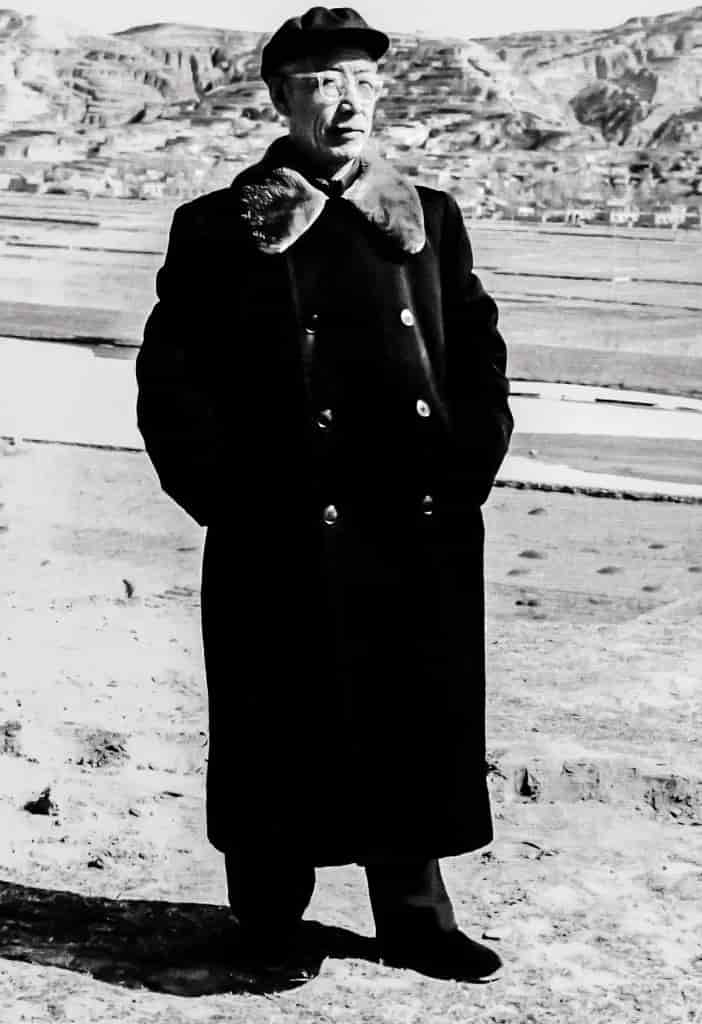
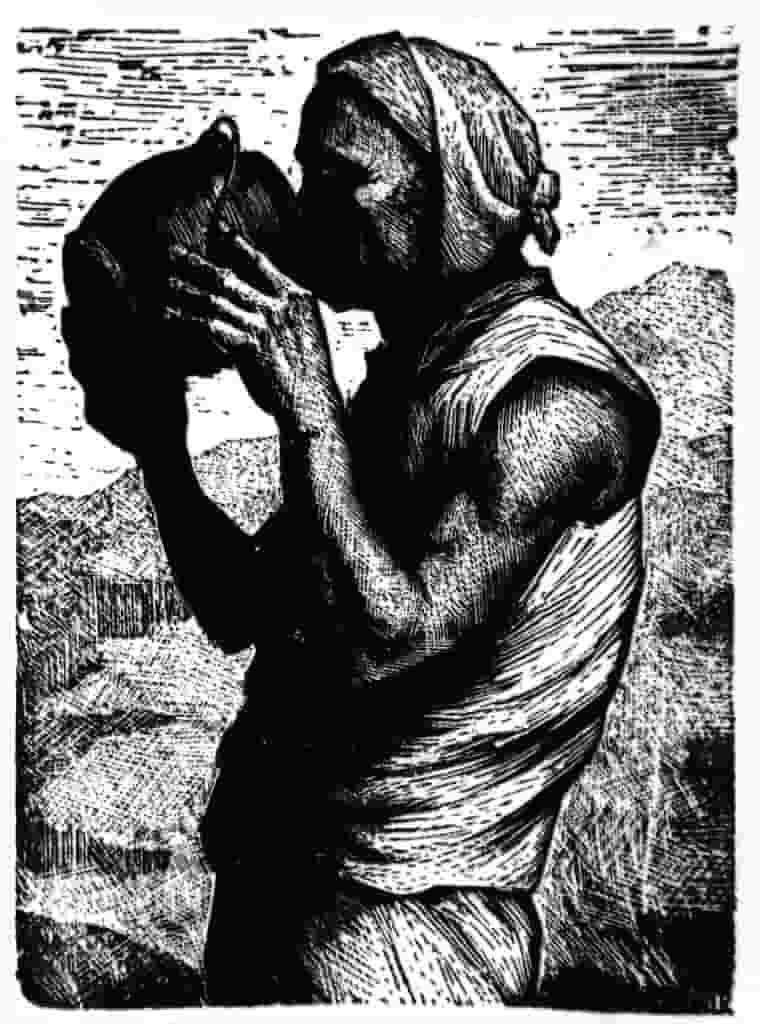

A village childhood Li Qun’s roots trace back to a quaint mountain village, an enclave characterised by a mere six courtyards and ten households in its nascent years. This hamlet, situated in Lingshi County, Shanxi Province, earned its identity as Hao Jia Zhang. Positioned to the east of Fenhe River,
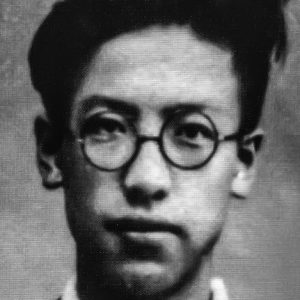
A fervent and spirited young man, deeply moved by the news of the “September 18th” incident, found himself compelled to resist the aggressive incursions of Japanese imperialism on Chinese soil. Unwilling to acquiesce to a policy of non-resistance before aggressors or to tolerate any actions undermining national prestige, the young
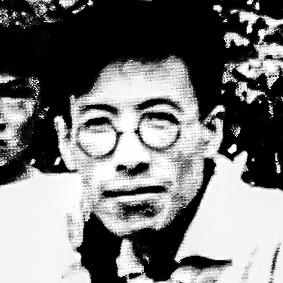
Following the Marco Polo Bridge Incident on July 7th, a significant event unfolded in Shanghai known as the “August 13th” Anti-Japanese War. It marked a critical juncture for the Chinese nation, prompting a collective response from those unwilling to endure subjugation. The call to action resonated with the spirit of
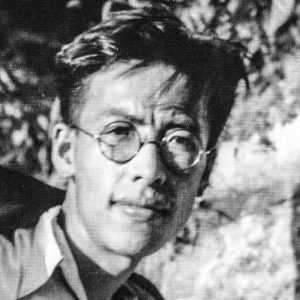
In Li Qun’s contemplation, Yan’an had long been the revered sanctuary he ardently sought. Communist Party members and numerous progressives within the “Wuhan Third Office” had already developed a certain level of “Yan’an Fever”. Although Li Qun was not yet a Communist Party member at that time, Guang Weiran had

In August 1945, following the Japanese surrender, Liqun bid farewell to Yan’an, where he had dedicated six years of work and life. He arrived in Xingxian County, Shanxi Province, which served as the political and cultural hub of the Shanxi-Suiyuan Border Region. There, he assumed the role of chief editor
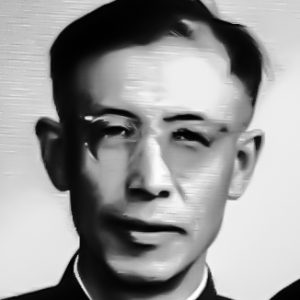
Following the inaugural national literary congress, Li Qun adhered to Comrade Zhou Yang’s directives and returned to Shanxi to collaboratively establish the Shanxi Federation of Literary and Art Circles with Comrade Gao Muhong. In December 1949, the first literary congress of Shanxi Province was successfully convened, electing Gao Muhong as
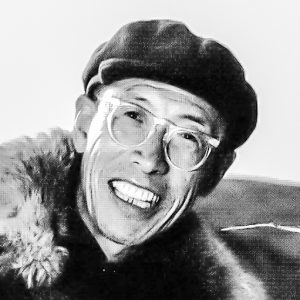
During the tumultuous period of the “Cultural Revolution,” Li Qun, like many writers and artists, faced severe hardships and endured humiliation. Initially transferred back to Shanxi in early 1966, the upheaval of the “Cultural Revolution” saw him forcefully returned to Beijing, labeled as part of the “gangster” team of “reactionary
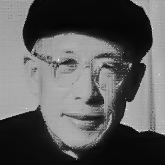
With the demise of the “Gang of Four,” a wave of joy swept across China. Li Qun, like countless others, found himself advancing into a new chapter in the aftermath of the storm, standing beside the “sinking boat” and the “ailing tree” during a time of tremendous possibilities.
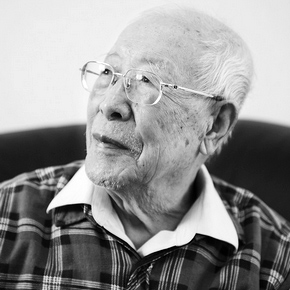
Determining precisely when Li Qun entered old age proves challenging, given the considerable gap between his vitality and chronological age. As mentioned earlier, even in his 70s during the reform and opening up era, he exhibited a spirit that belied his years. Approaching 80, on the cusp of the new
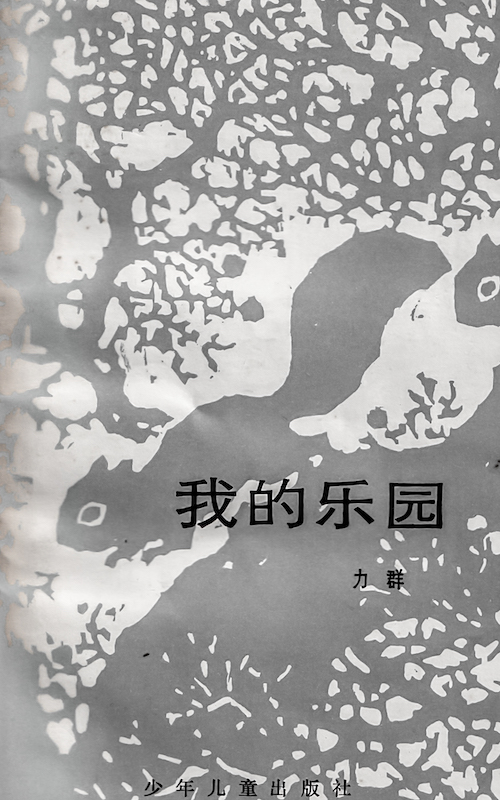
The pure and lively sensibilities of children, influenced by nature, the memorable and relatable people encountered during youth, and the longing of young minds for life and his emotional reflections. These themes permeate the work of the acclaimed woodcuts artist Li Qun. In this book, Li Qun skilfully intertwines literature
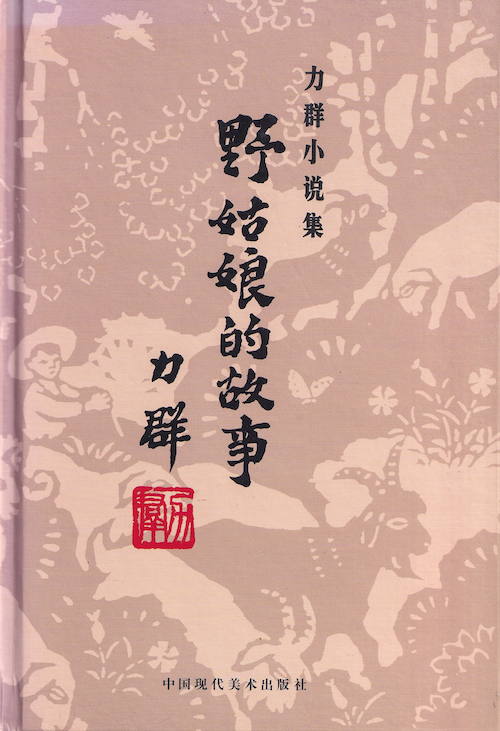
In the remote mountain village of Shanxi Province, Guilian grows up without her mother’s love, facing her father’s bitterness and the superstitions that label her unlucky. Despite harsh circumstances, she finds solace in nature and solitude. As she matures, Guilian’s resilience becomes her strength, defying her father’s attempts to sell
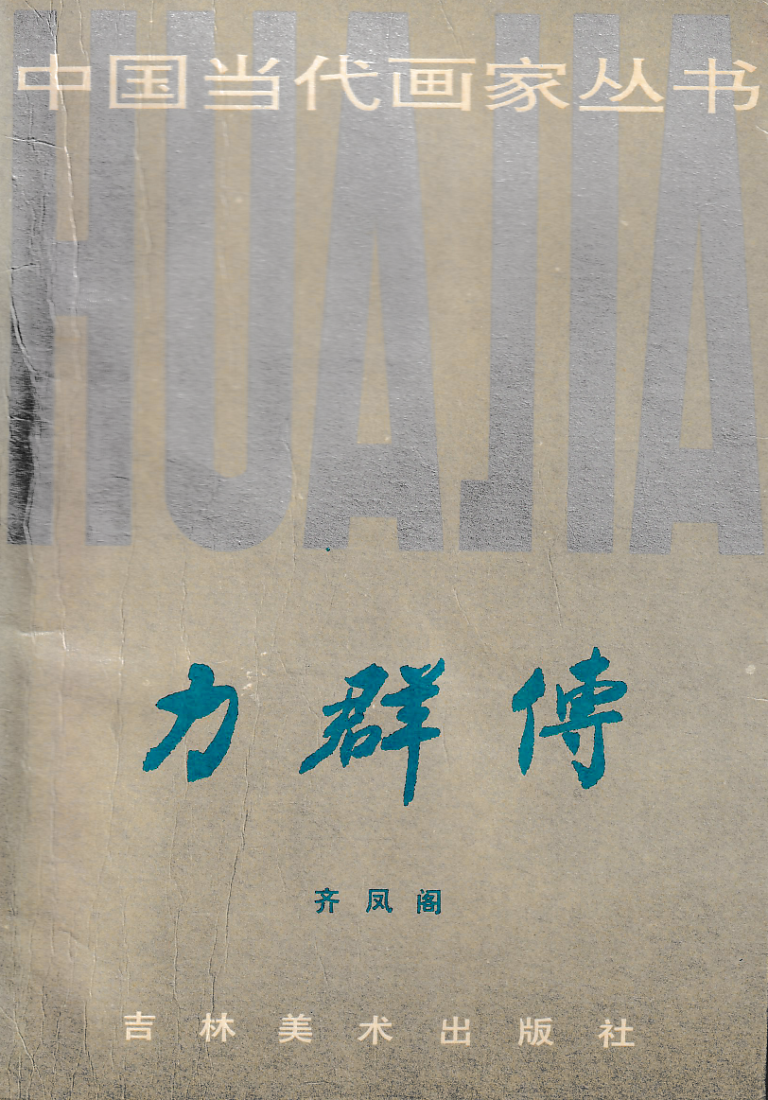
Li Qun the renowned woodcuts artist from Shanxi has weathered numerous challenges and remained committed to self-improvement, guided by unwavering beliefs and relentless determination. His journey from rural origins to urban landscapes, from the city to Yan’an, reflects his resilience and perseverance amidst life’s trials. This book not only chronicles

An autobiography penned by the renowned Chinese woodcuts artist Li Qun. Through a blend of documentary techniques, Li Qun vividly recounts the twists and turns of his career, tracing his creative journey and artistic evolution over the past century. This captivating autobiography immerses readers in the rich tapestry of historical
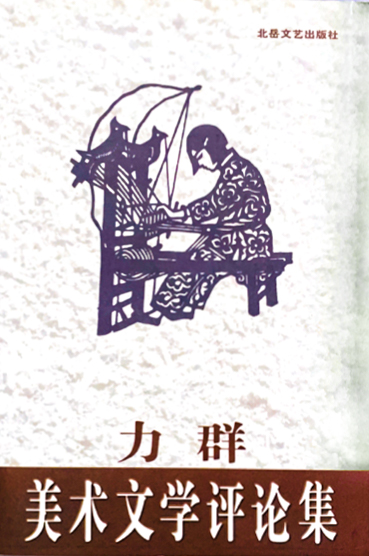
Li Qun renowned woodcuts artist who has been engaged in artistic creation for nearly 60 years. He persists in both printmaking and literary creation, and is also involved in Chinese painting. Additionally, he is a well-known art critic. His prints are characterised by their simplicity, clarity, and lyrical colours, reflecting
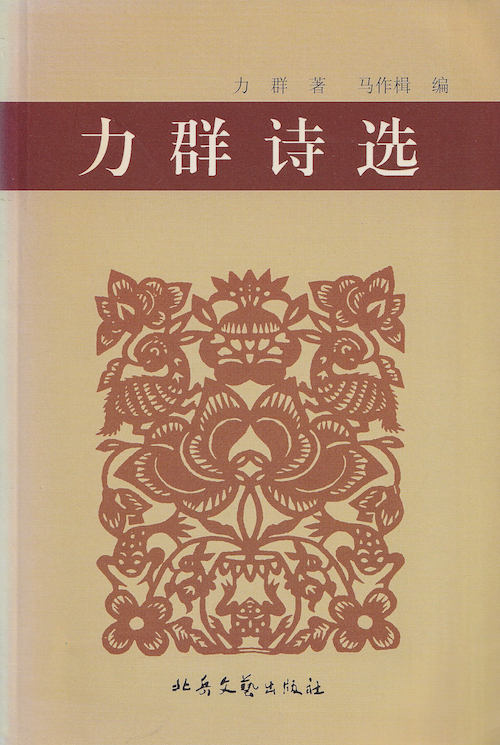
“Selected Poems of Li Qun,” compiled by the artist himself, finding its verses rich in sincerity, vivid imagery, and melodious rhythms. Divided into three volumes with a total of 88 poems, the collection showcases Li Qun’s deep emotions, artistic vision, and linguistic precision. Each poem resonates deeply, ranging from tranquil
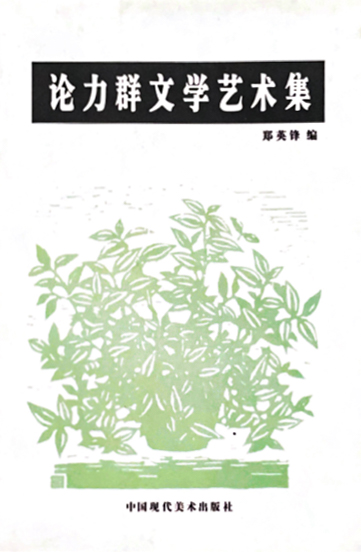
Li Qun, born on December 25, 1912, in Haogia Village, Shanxi Province, has been involved in art for nearly 60 years. He grew up in a rural environment, which greatly influenced his woodcut creations and writings. Li Qun studied at the National Hangzhou Art Specialized School and later joined the
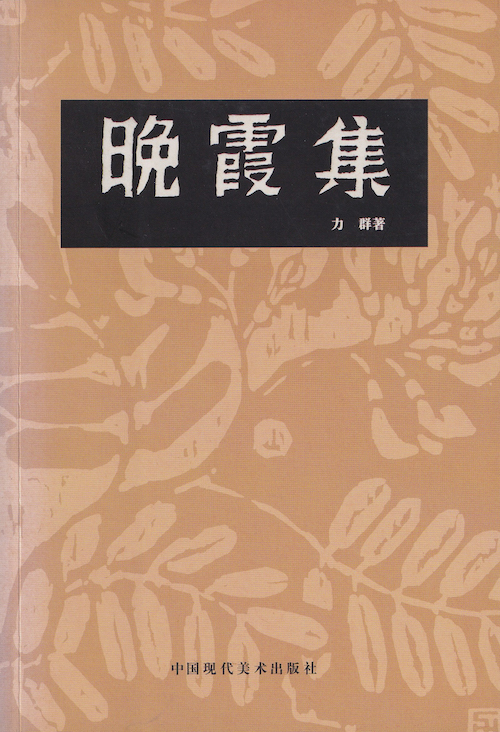
Li Qun, known primarily as a woodcuts artist showcases his literary talents alongside his passion for painting in an anthology spanning novels, essays, and critiques. The collection starts with “The Story of the Wild Girl,” a moving novel, followed by serene prose pieces like “My Paradise” and “Hua Orchid.” His
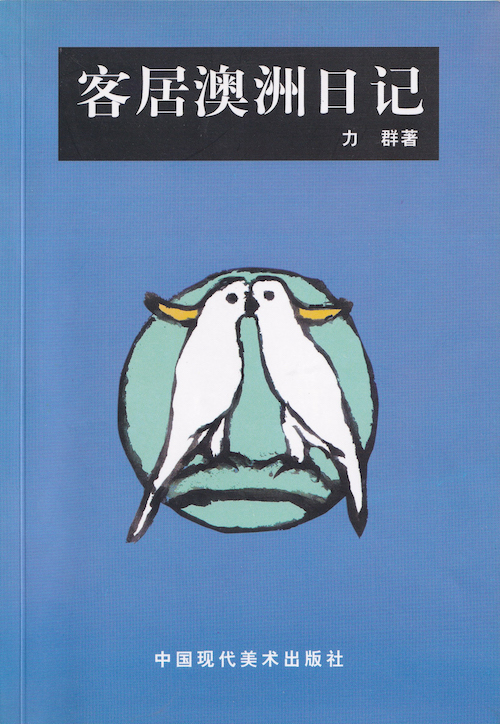
In December 1994, Li Qun embarked on a five-month journey to Australia, chronicling his experiences in “Diary of living in Australia.” Through daily entries, he contrasts the climate, environment, and cultural interests of Australia with the mainland. Sydney’s wildlife, especially the playful parrots, captivated him, as shared in his letter
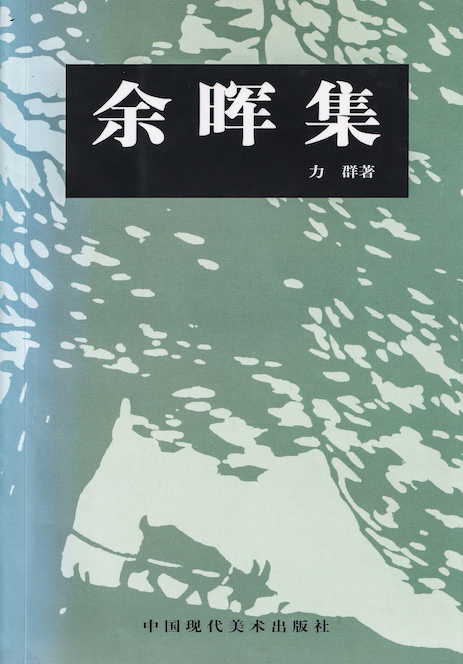
The “Afterglow Collection” signifies the culmination of Li Qun’s literary journey following the “Sunset Collection”. Within its 34 articles, each holds significance. Particularly noteworthy is “The Eternal Navigation Lighthouse,” detailing the “Yan’an Forum on Literature and Art” exploring its historical impact and contemporary interpretation. “My Creative Path” delves into personal
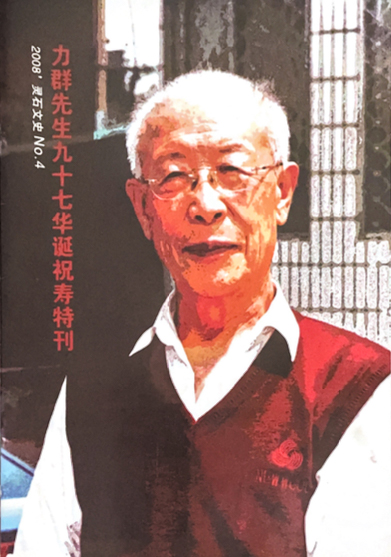
Congratulations – To Mr. Li Qun, a renowned Chinese printmaker, writer, literary critic, and local luminary. Respected Mr. Li Qun: Today marks your 97th birthday. First and foremost, please allow us, on behalf of the Ling Shi County Committee, Government, People’s Congress, Political Consultative Conference, and all 240,000 residents of
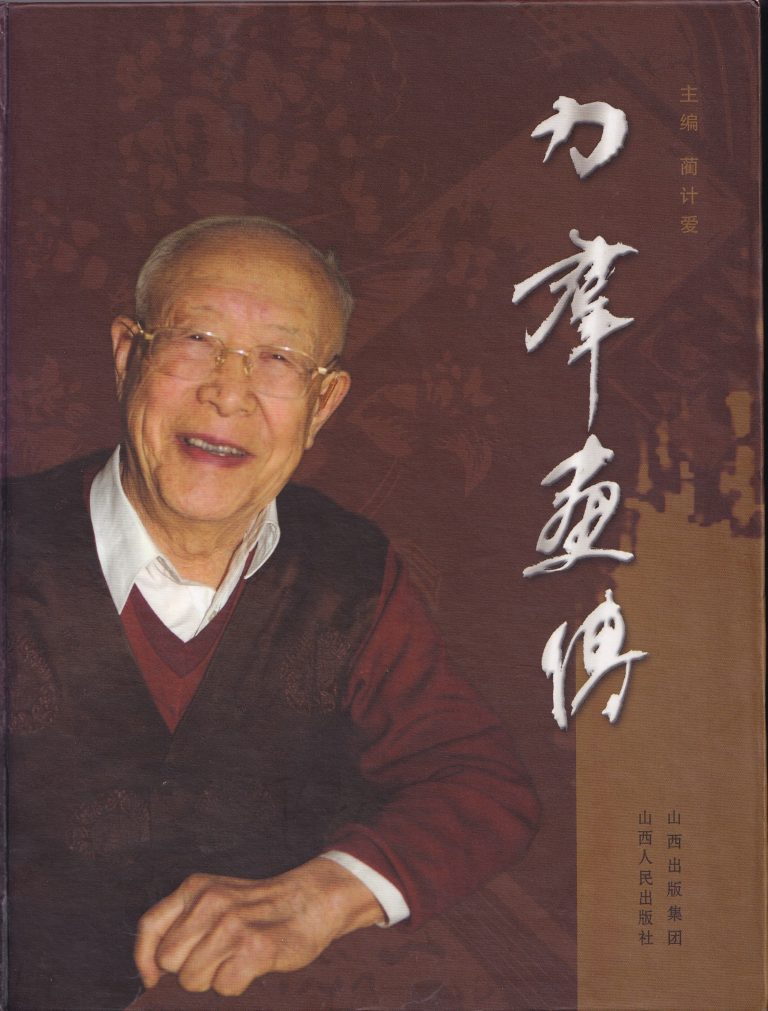
The forthcoming “Picture Biography of Li Qun” provides an in-depth look into the life and artistic journey of this revered figure. From his humble beginnings in Shanxi to becoming a pioneering force in China’s woodcuts and printmaking movement. Li Qun’s unwavering commitment to his craft endured personal and political challenges.
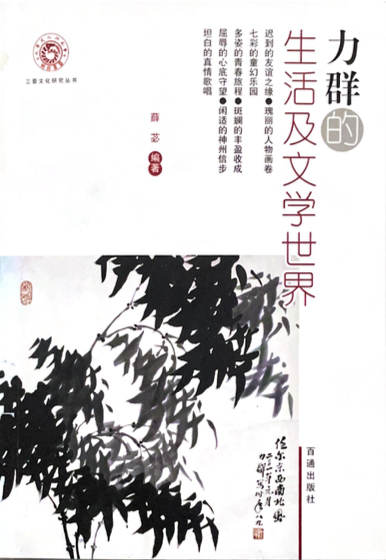
Li Qun, in my view, is a remarkable figure of his generation. Decades ago, I came across his woodblock prints in the “Jin Sui Daily,” and they truly captivated me. He had connections with the cultural giant of China, Mr. Lu Xun, as early as the 1930s. He was the
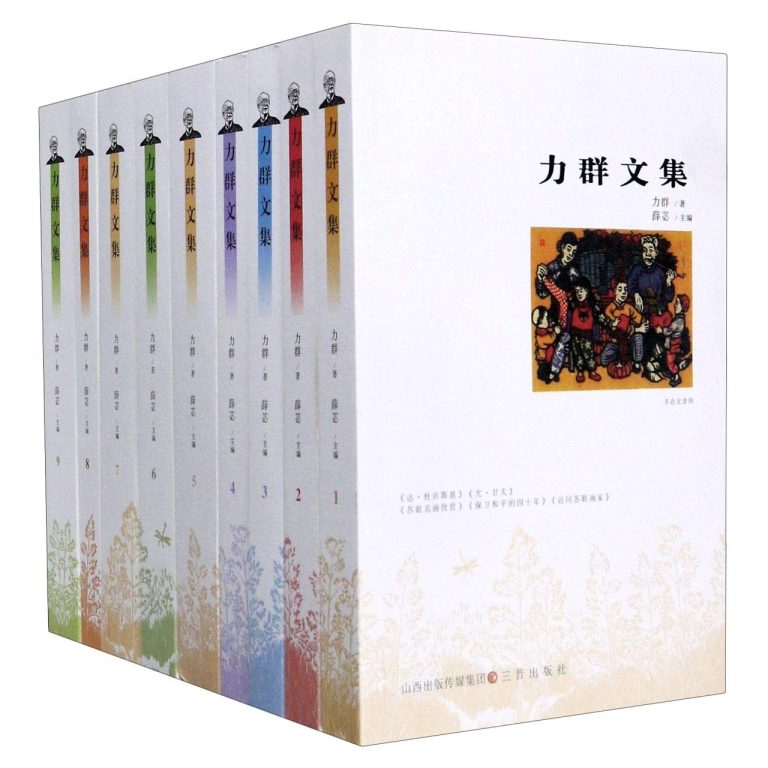
“The Complete Works of Li Qun” is a comprehensive nine-volume collection that showcases Mr. Li Qun’s dedication and creative accomplishments across various fields such as woodcut paintings, essays, novels, and literary critiques. Each volume stands as a complete entity, offering readers a glimpse into Mr. Li Qun’s artistic evolution from
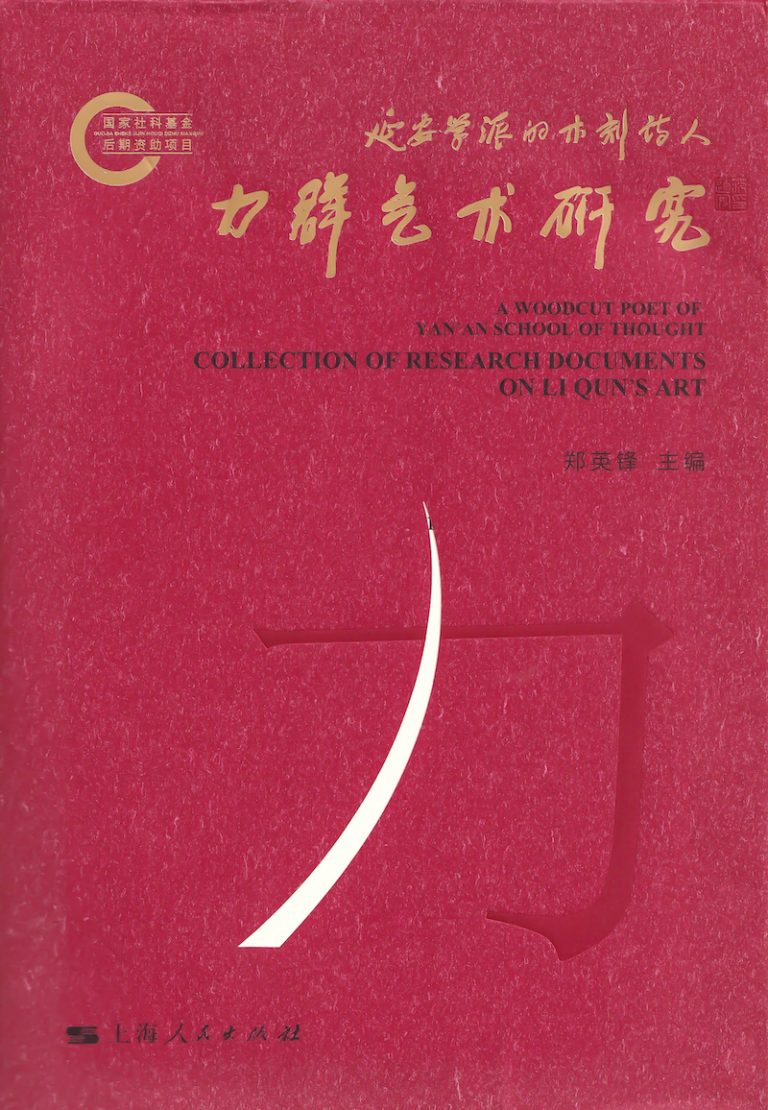
Li Qun is a prominent figure in the emerging woodcut printmaking movement in China and embodies the poetical spirit of the “Yan’an School.” He has had a significant influence on the development of modern printmaking in China. From a young age, he dedicated his art to the great cause of
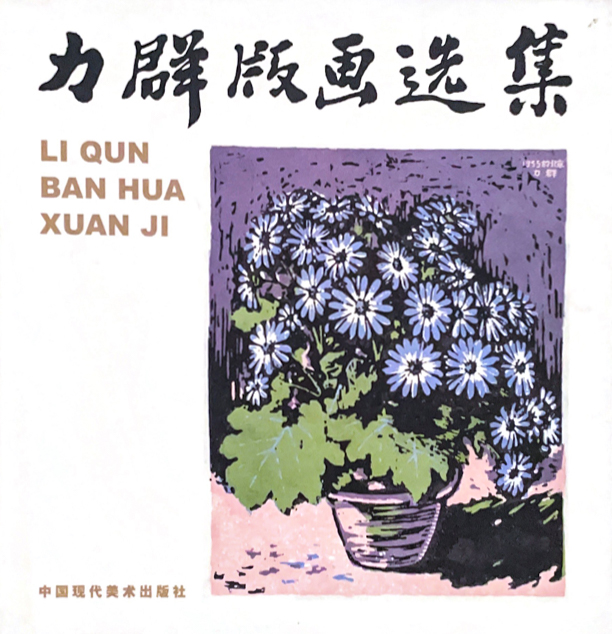
The text discusses an art exhibition held by Comrade Li Qun in Beijing’s Beihai Park, showcasing 26 pieces of his work, mostly new except for those from 1941. Despite facing challenges during various political movements over 39 years, Li Qun’s diligence shines through in his diverse and vibrant artworks. His
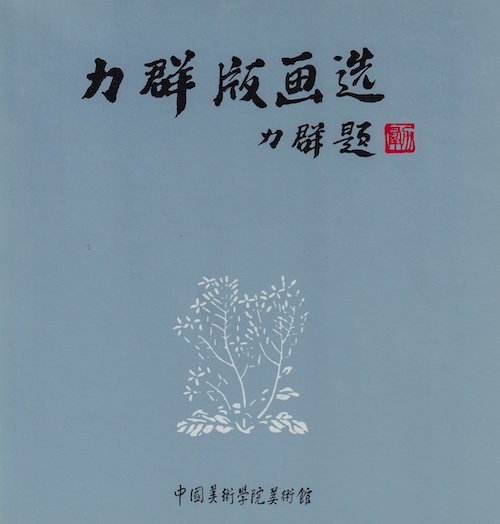
Li Qun, a native of Lingshi, Shanxi is a prominent figure in the realms of Chinese woodcuts and literary criticism. His artistic journey began at the National Hangzhou Art College (now the China Academy of Art) in 1931, a time when the influence of Lu Xun spurred a flourishing interest
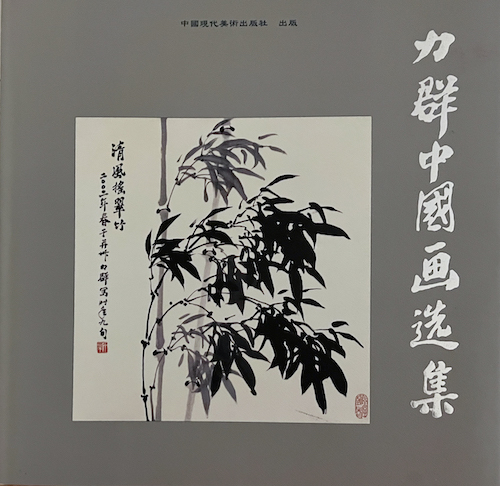
Li Qun, influenced by masters like Pan Tianshou and Li Kuchan, honed his Chinese painting skills at the National Hangzhou Art College. Combining this foundation with decades of printmaking experience, he crafts captivating works exhibited worldwide. His paintings, infused with spirit and form, resonate deeply, offering viewers a harmonious blend
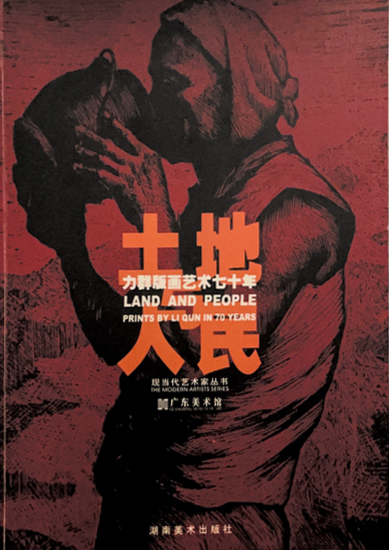
Li Qun emerges as a key figure, serving both as a witness and participant in the emerging art movement. Despite facing personal and societal challenges, Li Qun’s early works reflect influences from artists like Bouguereau and Mucha, as well as Soviet realism. Teaching at the Lu Xun Academy of Arts
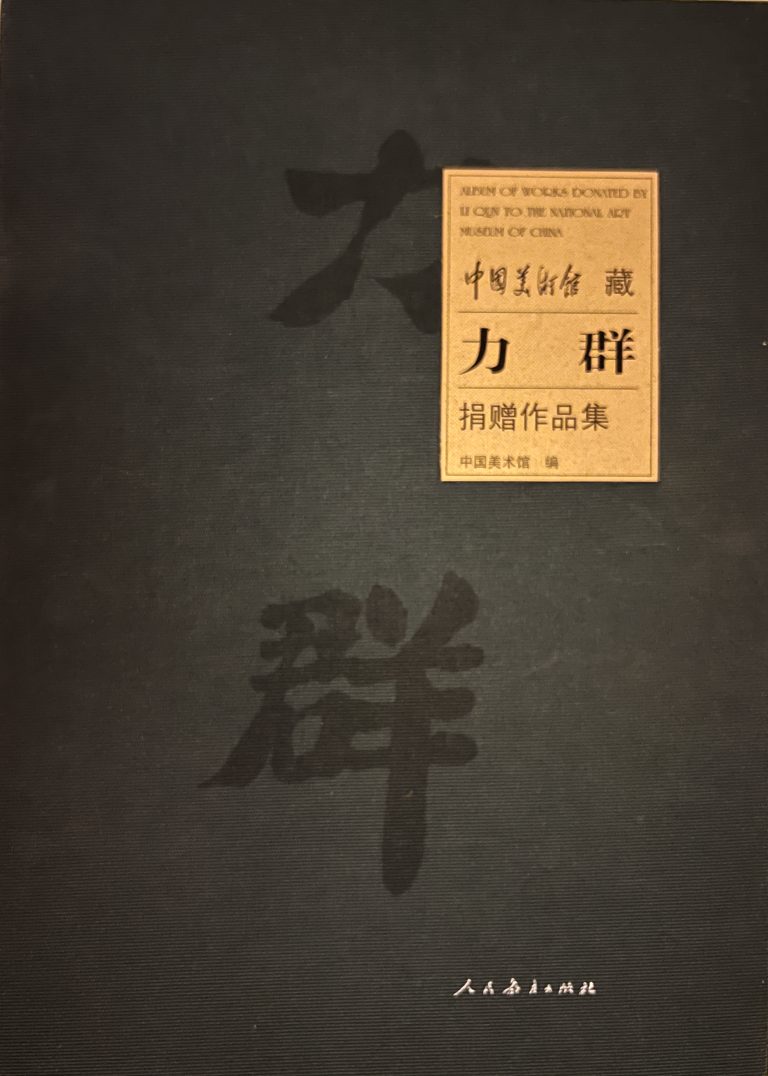
The “20th Century Special Incentive Scheme of National Art Collections and Donations” is a significant cultural initiative in China aimed at recognising artists’ contributions to 20th-century art. Started in 2004 under the Ministry of Culture’s leadership, it established the Shangguan Art Museum, praised by veteran artists who generously donated their
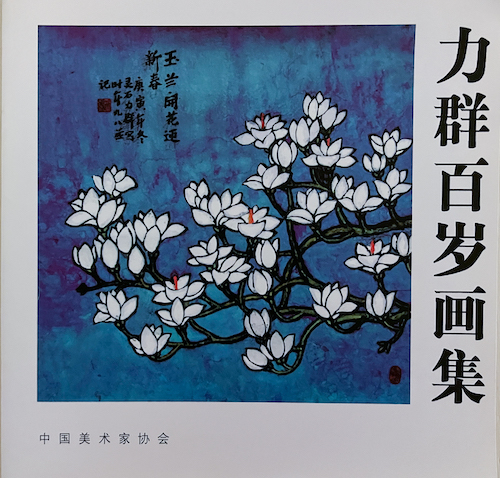
Titled “Li Qun’s 100-Year-Old Painting Collection,” this anthology celebrates the artist’s journey in Chinese painting, coinciding with his 99th birthday in December 2011. Tracing back to his education at the National Hangzhou Art College under revered mentors Pan Tianshou and Li Kutan, Li Qun initially pursued woodcarving. However, as age
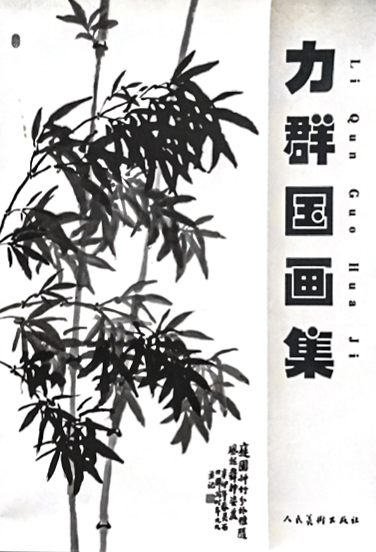
Mr. Li Qun, a respected figure in the Chinese art world, has been known nationwide for decades. Due to my love for art, I had the privilege of meeting him years ago. Despite the distance, our connection remained strong. In 2004, Mr. Li invited me to his solo exhibition, showcasing
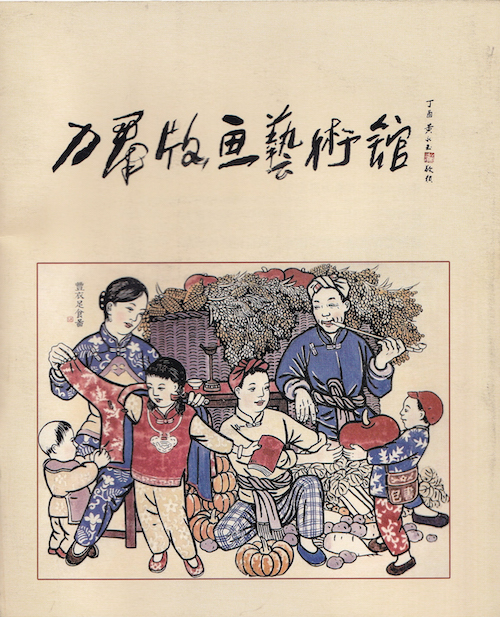
A collection of works donated to the Taiyuan Art Museum with the support of Li Qun’s family. The Li Qun Woodcuts Art Museum serves as a hub for collecting, preserving, and promoting his legacy. Located in Exhibition Hall 7 on the third floor of the Taiyuan Art Museum, the museum
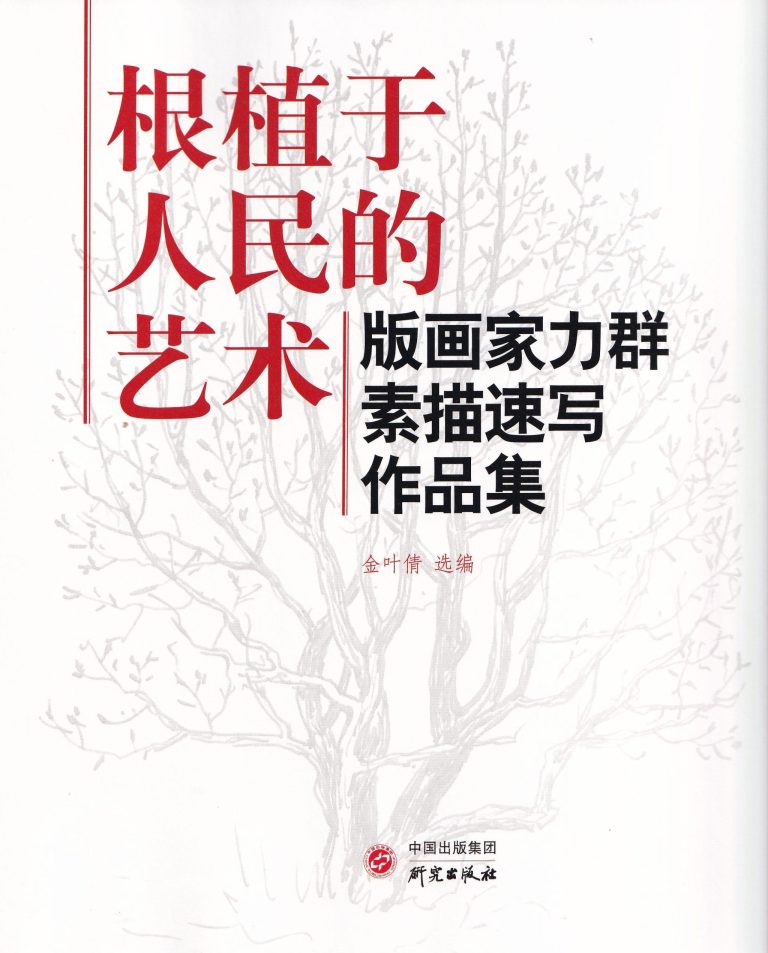
Mr. Li Qun, renowned for his woodcuts printmaking, left behind a collection of sketches that offer profound insights into his artistic journey. These sketches, discovered after his passing, span various subjects and scenes, reflecting the artist’s emotions and serving as source material. Despite their simplicity, they resonate deeply with viewers.
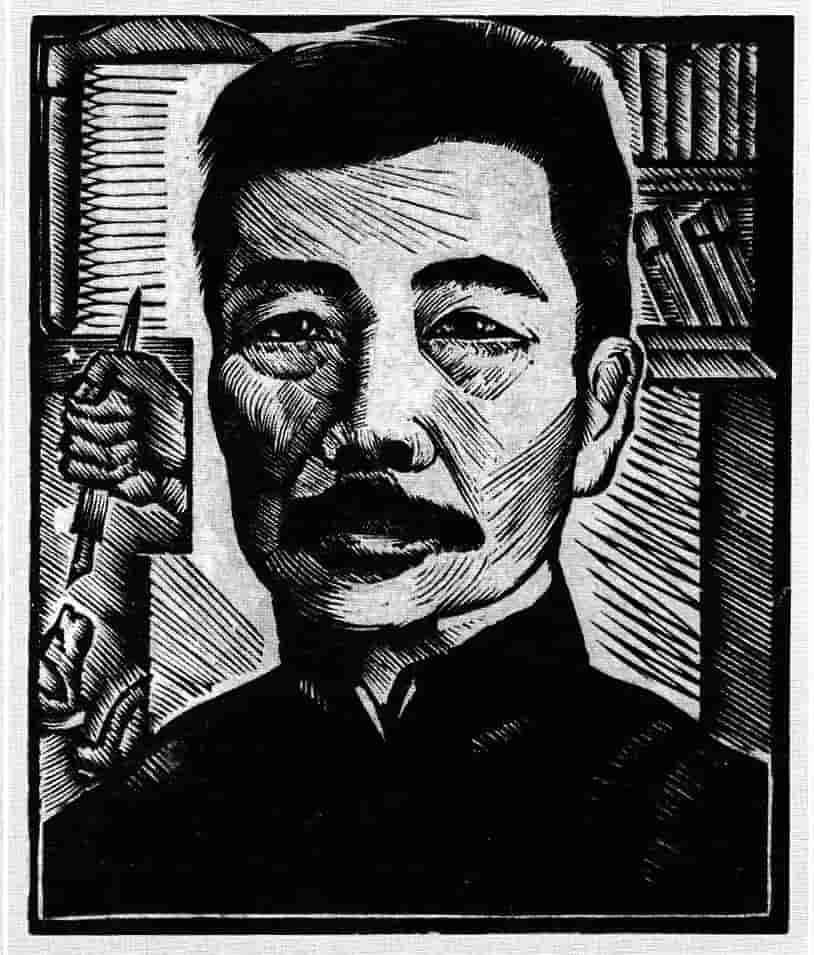
A comprehensive exploration of Li Qun Woodcuts spanning a remarkable 100-year chronicle that meticulously documents the life and career of this esteemed artist.
Gain insight into key events that shaped Li Qun’s trajectory, from his formative years in early 20th-century China to his influential presence in contemporary art. Discover the evolution of Li Qun’s craft as it intersects with major historical milestones, such as China’s Japanese invasion, Cultural Revolution and the modernisation era.
This chronicle provides a factual and detailed account of Li Qun’s journey, offering a unique lens into the socio-political landscape that has shaped both Li Qun and his iconic woodcut creations. Delve into the specifics of his chronicles to uncover the factual intricacies of a century-long artistic legacy.
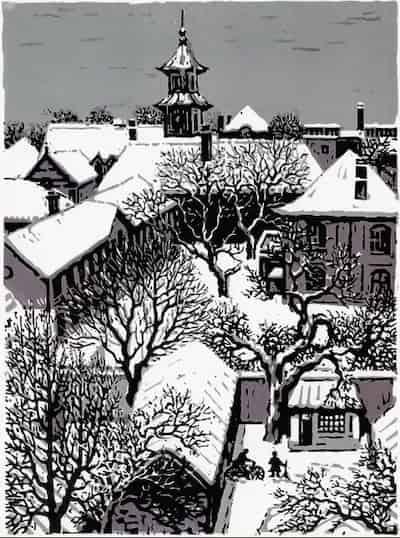
We offer a range of services from sourcing Li Qun’s art for purchase, but more importantly documenting artworks in public collections globally.
If you have Li Qun’s art work, we would like to keep a record of your collection. this is to help the future validations of Li Qun’s art work.
We are committed to facilitating a comprehensive understanding of Li Qun’s artistic legacy. While our services do not include artwork verification, we do have established contacts that may assist in this regard, subject to potential costs.
This website is managed by Li Qun’s family to preserve his legacy, and to connect with curators, historians, collectors, artists, fans and admires across the globe.
contact@liqunwoodcuts.org